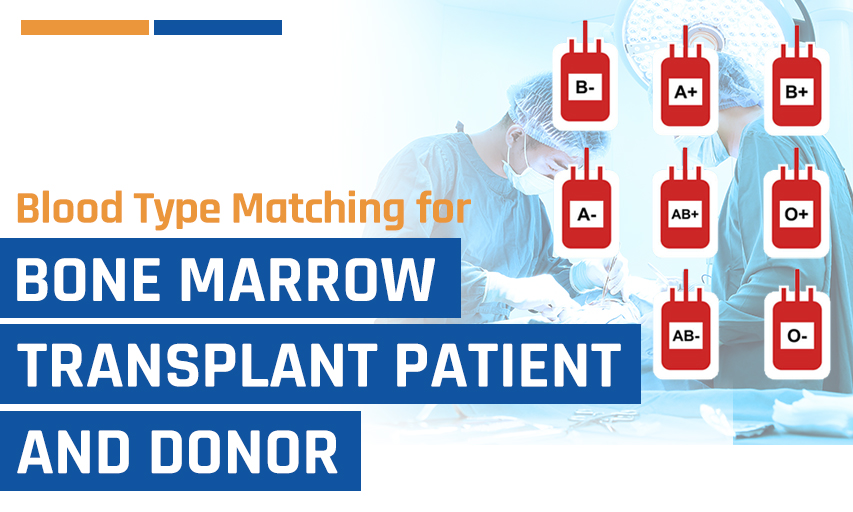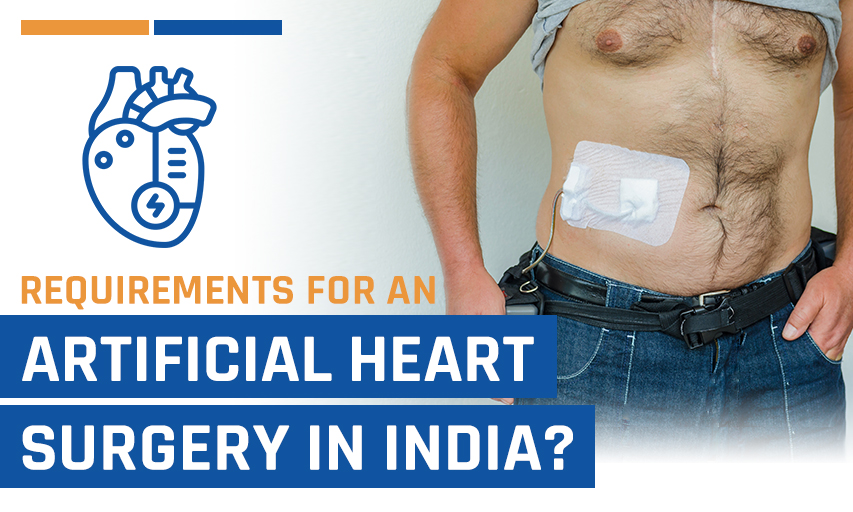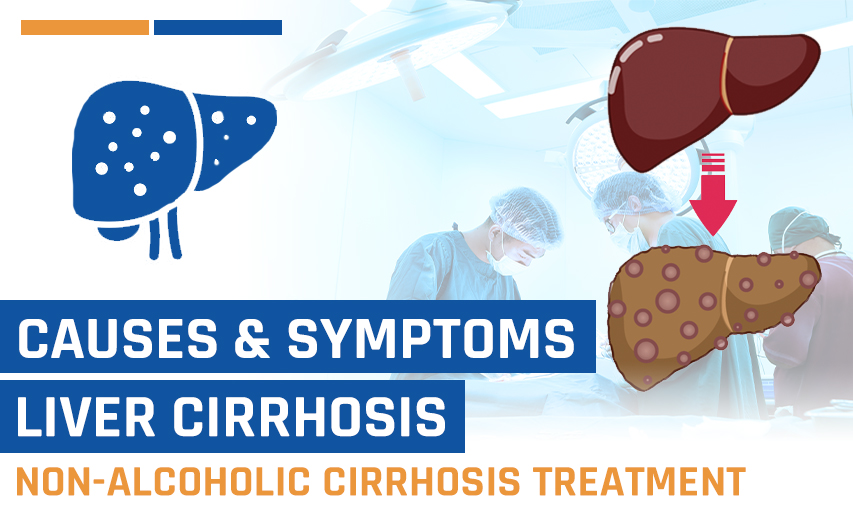How is Bone Marrow Transplant Blood Type Matching Done For Patients and Donors?
A bone marrow transplant is a life-saving procedure that replaces damaged or diseased bone marrow with healthy stem cells. But what determines the success of the bone marrow transplant procedure? The success of this procedure heavily relies on the meticulous process of matching bone marrow transplant blood types between patients and donors.
This matching process, known as Bone Marrow Transplant blood type Match Testing, or HLA typing, helps identify the most suitable donor and whether the body accepts the new marrow. It begins with a simple blood test, where proteins found on the surfaces of white blood cells are analysed. These proteins must be closely matched between the bone marrow transplant donor and recipient to reduce the risk of rejection.
You can easily go through blood type matching for your bone marrow transplant in India and undergo the transplant at affordable rates. In contrast, regions such as Nigeria, Kenya, Cameroon, and Ghana often face greater challenges with the process, making pricing, waiting periods, and quality procedures important factors for bone marrow transplants.
Why is HLA Matching Important?
HLA testing, also known as bone marrow transplant blood type testing, is a matching process that ensures a bone marrow transplant's success rate if the donor and the recipient are a match. This process is a vital part of the surgery because it reduces the risk of graft-versus-host disease (GVHD), which is a potentially life-threatening complication, and improves the likelihood of a successful transplant. For allogeneic bone marrow transplants, the compatibility of the donor's and recipient's HLA is critical, whereas for kidney transplantation, a lesser match can still result in a successful and functioning transplant.
What Makes a Good Match Between Bone Marrow Transplant Donors and Recipients?
Matching for a bone marrow transplant goes beyond just blood types. The doctors search for matching human leukocyte antigens (HLAs)—special proteins found on the surface of white blood cells that help your immune system identify what belongs in your body and what doesn’t. The closer the match between donor and recipient, the better the donated stem cells can work with your body to produce new, healthy blood cells and a strong immune system for a smoother transplant process.
Doctors look for donors who share as many matching HLA markers as possible. A strong HLA match increases the chances that the recipient’s body will accept the new stem cells, allowing them to grow into healthy blood and immune cells without being attacked as foreign.
To determine the best possible match, doctors typically explore several donor options, such as:
- Close family members: Biological parents and siblings are often the first place to look for a match. They're more likely to share similar HLA markers.
- Unrelated donors: If a family member isn't a match, providers search global registries for unrelated donors who might fit for the transplant.
- Haploidentical donors: In this case, a first-degree family member might not be a whole match, but they can still be a great option if they share at least half of the recipient's HLA markers.
What is Involved in Being a Bone Marrow Transplant Donor?
Unlike matching regular blood types—where doctors only consider A, B, AB, or O—matching for a bone marrow transplant is far more complex. It involves comparing up to 12 specific DNA markers through a process called HLA typing. With millions of possible combinations, finding a near-perfect match is no small feat. Doctors usually aim to match at least 8 to 10 of these markers for a successful bone marrow transplant.
However, there’s one exception: umbilical cord blood. Cord blood transplants are more flexible and often require only 4 to 6 matching markers, making it a valuable option when a fully matched donor isn't available. Here are the steps to becoming a blood stem cell donor, ensuring safety for donors and recipients:
To be a donor, you must complete questionnaires regarding your health history, provide your contact information, and sign the agreement. The health history is important to ensure that you don’t have any medical conditions that prevent blood stem cell donation.
HLA typing and transplantation involve swabbing the insides of your cheeks with a cotton swab to obtain a tissue sample, which is then analysed to determine your HLA type.
If your HLA type is close, the program team will contact you to request a blood sample, so the transplant centre team can confirm the match and determine whether the transplant is appropriate.
You need to meet with a counsellor to review the donation process, risks, and requirements and sign an informed consent form. This means you understand and agree with the terms and conditions.
Then, you must undergo a physical examination and blood tests to confirm your eligibility to donate.
What is the Procedure before a Bone Marrow Transplant?
If you're a bone marrow transplant blood type match, the donor team will schedule your appointment and let you know the best days and times for the procedure. Blood stem cell donation typically takes four to six hours per day, and it may take three to four days to collect enough stem cells for transplant. When planning, ask the donor team if you need a ride to and from your appointment.
About 30 days before your donation, you must undergo a final round of tests to confirm that nothing has changed since joining the registry. These tests are necessary because it can be months or even years before a match is found. The follow-up tests may include a chest X-ray, an electrocardiogram, and various blood tests, including:
- Complete blood count (CBC).
- Comprehensive metabolic panel.
- Infectious disease tests.
- Pregnancy test for women.
Once the tests confirm your eligibility, you will be able to donate blood stem cells after receiving a series of injections with a medication. They will inject you with filgrastim to stimulate your bone marrow to grow and release blood stem cells into your blood.
What Happens During a Bone Marrow Transplant Procedure?
Once the BMT donor matching is done, a match is found, and the donor is ready, the next step for the bone marrow transplant blood type matching is a procedure often referred to as harvesting the stem cells. This is how the donation process typically works:
- The donor is comfortably seated in a chair or on a bed.
- A needle is inserted into a vein in one arm, connected to a thin, flexible catheter.
- Blood flows through this tube into a special machine that separates and collects the valuable blood-forming stem cells.
- The rest of the blood - minus the harvested stem cells - is returned to the donor through a catheter in the other arm.
- The collected stem cells are then stored in a sterile bag and prepared for transplant into the recipient.
While a bone marrow transplant blood type and HLA matching are vital to the transplant’s success, finding a perfect match is becoming increasingly difficult due to the growing diversity of HLA types across populations. Thankfully, advancements in research and clinical trials are making it possible for patients to receive successful transplants even with partial matches, opening new hope for those who once had limited options.
What Happens After a Bone Marrow Transplant Procedure?
The journey doesn’t end once the transplant is complete—in fact, it’s just the beginning of the recovery process. After a bone marrow transplant procedure, patients are closely monitored to make sure that the new stem cells successfully settle into the bone marrow and begin producing healthy blood cells. This step is known as engraftment, and it usually takes a few weeks.
Here’s What Happens and How is Life After Bone Marrow Transplant:
■ Hospital Stay & Monitoring:
Patients usually stay in the hospital for several weeks. During this time, doctors monitor blood counts, watch for signs of infection, and check how well the new stem cells are functioning.
■ Preventing Infections:
Because the immune system is still rebuilding, patients are vulnerable to infections. They’ll receive medications to prevent bacteria, viruses, and fungi from causing illness.
■ Follow-up Care:
Even after discharge, regular follow-up appointments are important. These visits help track recovery progress, manage side effects, and detect any complications early.
■ Lifestyle Adjustments:
Patients will need to make temporary lifestyle changes, including a special diet, limited public exposure, and avoiding certain activities until their immune system fully recovers.
Recovery can take several months to a year, depending on the patient. While the process requires patience and support, many patients go on to live full and healthy lives—thanks to the incredible gift of a matched donor.




















Be First To Comment
Leave a Comment